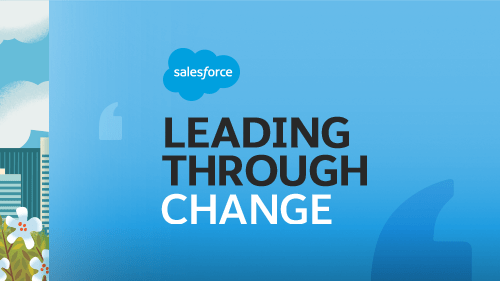Here’s what you need to know to make sure your AI predictions support your customers in this time of uncertainty.
Where AI predictions can go wrong
By Sarah Aerni for Salesforce
Think about how many changes you’ve made in your life over the last several weeks. Multiply that by thousands, millions, and even billions of other people making similar lifestyle changes, and you can imagine the uncertainty it creates for businesses that rely on AI in their customer workflows.
Previously reliable models are suddenly unable to accurately predict an outcome:
- A forecasting model can’t cope with an unforeseen need for increased staffing.
- A lead scoring model for sales has no knowledge of how widespread school closures impact customer meetings.
- Churn models don’t include variables for social distancing or sudden massive job loss.
AI uses historical data to create accurate predictions. But this pandemic is throwing off predicted outcomes. While models can adapt and learn, the rapid changes currently in motion make it difficult for them to learn fast enough.
What can you do in the midst of this volatility? Use these tips to help focus your efforts so you can best support customers today and tomorrow.
6 tips for using AI to empathize with your customer
Now is the time to take a closer look at your AI strategy to ensure accurate data and predictions support a positive customer experience. Companies that get the customer experience right lay the foundation for long-term loyalty. Here’s how.
1. Examine your data and dashboards
Take a close look at dashboards that track important business KPIs: how have they changed? Are your customers waiting longer than usual for resolution?
Slice your data by hour, by day, by week — even by records related to COVID-19. This will help you isolate normal (generally seasonal) patterns from the current shifts in customer behavior.
But take note: if something looks different from one day to the next or one week to the next, it might just be a red herring! Ask yourself why you’re observing specific new behaviors: is it a one-off or is it the new normal? For example, customers buying excess toilet paper isn’t necessarily a new trend, but prolonged purchases of immune-boosting vitamins may be.

